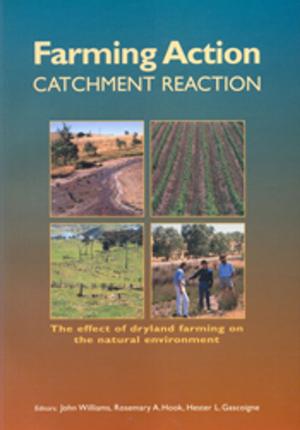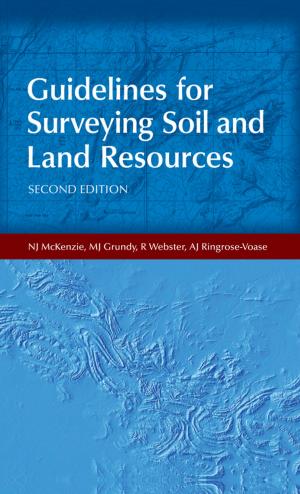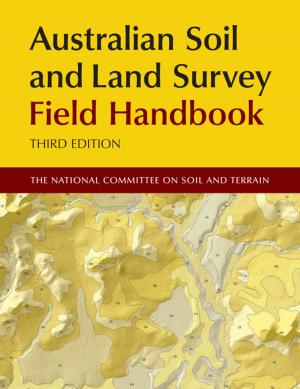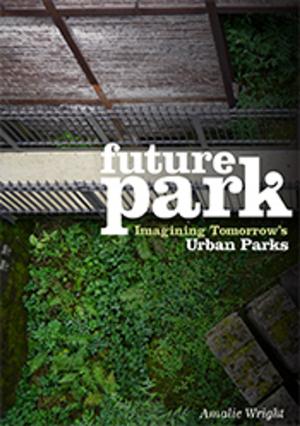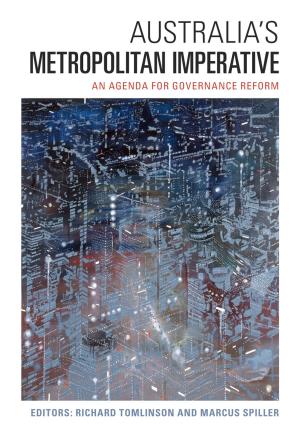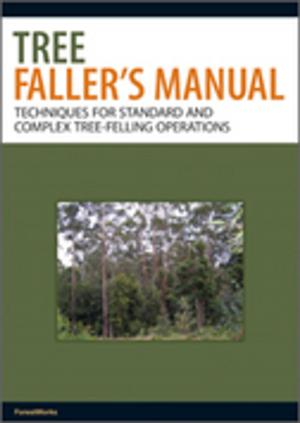Understanding Land Development
A Project-Based Approach
Nonfiction, Science & Nature, Technology, Engineering, Civil, Art & Architecture, Architecture| Author: | Eddo Coiacetto | ISBN: | 9780643104167 |
| Publisher: | CSIRO PUBLISHING | Publication: | April 2, 2012 |
| Imprint: | CSIRO PUBLISHING | Language: | English |
| Author: | Eddo Coiacetto |
| ISBN: | 9780643104167 |
| Publisher: | CSIRO PUBLISHING |
| Publication: | April 2, 2012 |
| Imprint: | CSIRO PUBLISHING |
| Language: | English |
This book draws on the author’s considerable expertise in land development processes and planning, and planning education. It takes a learning-by-doing studio approach and shows how to undertake a development feasibility study in three main stages: the preliminary proposal, a design and finally, a full report with a financially appraised proposal. Understanding Land Development shows how to tackle a real life project where there are situations of uncertainty and where there may be multiple solutions to a problem. It demonstrates how to undertake research into a range of issues – site conditions, market conditions, development finance, sustainability, land use planning and infrastructure – and shows how to analyse this diverse information to generate a concrete development proposal. The book covers planning skills, including site analysis, financial analysis, spreadsheet preparation, design, plan interpretation, project planning and strategic thinking. By taking the approach presented here, the reader will learn to become a more effective planner by understanding how land development leads to built environment outcomes that may not be the idealised outcomes to which planners aspire.
This book draws on the author’s considerable expertise in land development processes and planning, and planning education. It takes a learning-by-doing studio approach and shows how to undertake a development feasibility study in three main stages: the preliminary proposal, a design and finally, a full report with a financially appraised proposal. Understanding Land Development shows how to tackle a real life project where there are situations of uncertainty and where there may be multiple solutions to a problem. It demonstrates how to undertake research into a range of issues – site conditions, market conditions, development finance, sustainability, land use planning and infrastructure – and shows how to analyse this diverse information to generate a concrete development proposal. The book covers planning skills, including site analysis, financial analysis, spreadsheet preparation, design, plan interpretation, project planning and strategic thinking. By taking the approach presented here, the reader will learn to become a more effective planner by understanding how land development leads to built environment outcomes that may not be the idealised outcomes to which planners aspire.

